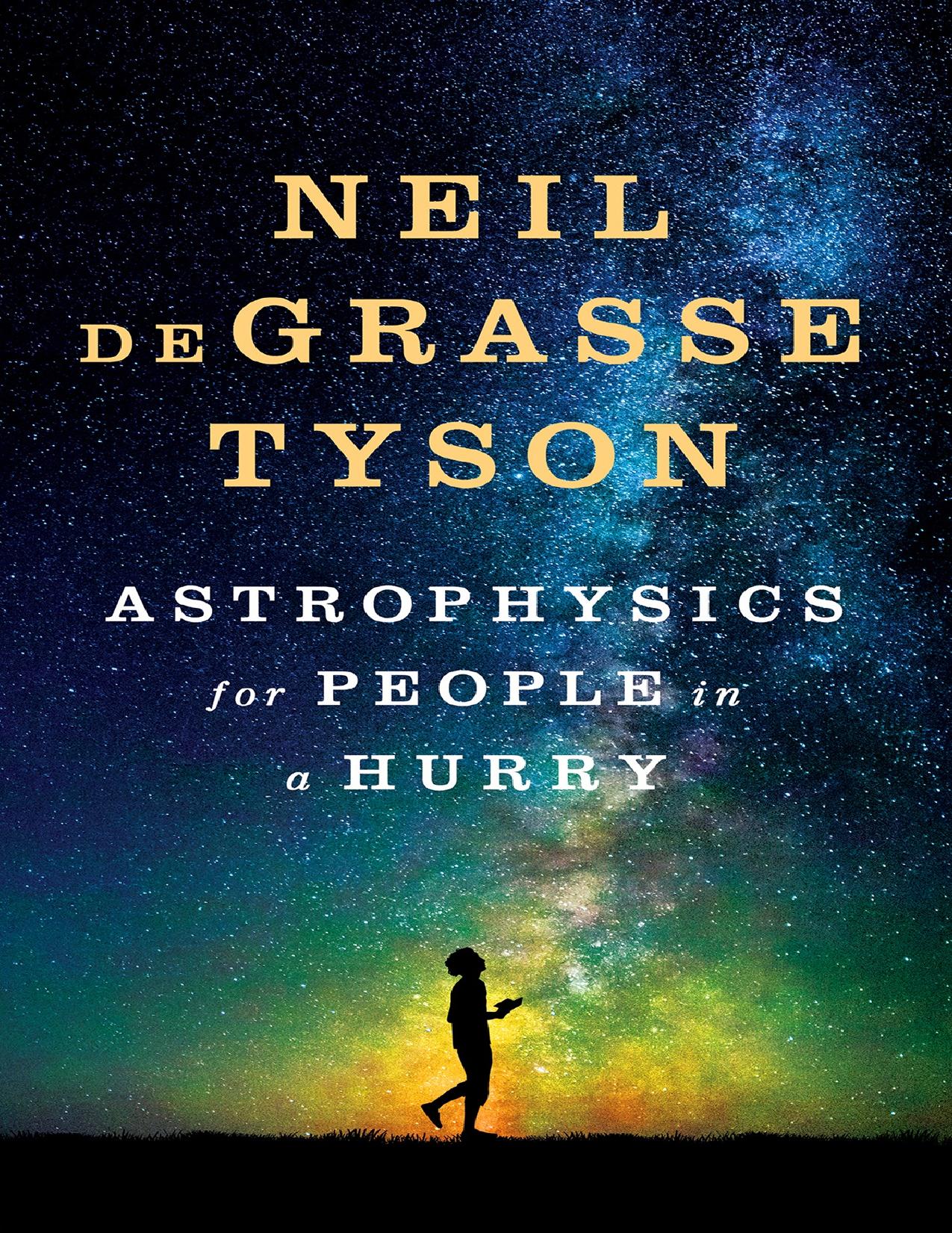Astrophysics for People in a Hurry by Neil DeGrasse Tyson

Author:Neil DeGrasse Tyson
Language: eng
Format: epub, azw3, mobi, pdf
Publisher: W. W. Norton & Company
Published: 2017-05-02T16:00:00+00:00
Aluminum occupies nearly ten percent of Earth’s crust yet was unknown to the ancients and unfamiliar to our great-grandparents. The element was not isolated and identified until 1827 and did not enter common household use until the late 1960s, when tin cans and tin foil yielded to aluminum cans and, of course, aluminum foil. (I’d bet most old people you know still call the stuff tin foil.) Polished aluminum makes a near-perfect reflector of visible light and is the coating of choice for nearly all telescope mirrors today.
Titanium is 1.7 times denser than aluminum, but it’s more than twice as strong. So titanium, the ninth most abundant element in Earth’s crust, has become a modern darling for many applications, such as military aircraft components and prosthetics that require a light, strong metal for their tasks.
In most cosmic places, the number of oxygen atoms exceeds that of carbon. After every carbon atom has latched onto the available oxygen atoms (forming carbon monoxide or carbon dioxide), the leftover oxygen bonds with other things, like titanium. The spectra of red stars are riddled with features traceable to titanium oxide, which itself is no stranger to stars on Earth: star sapphires and rubies owe their radiant asterisms to titanium oxide impurities in their crystal lattice. Furthermore, the white paint used for telescope domes features titanium oxide, which happens to be highly reflective in the infrared part of the spectrum, greatly reducing the heat accumulated from sunlight in the air surrounding the telescope. At nightfall, with the dome open, the air temperature near the telescope rapidly equals the temperature of the nighttime air, allowing light from stars and other cosmic objects to be sharp and clear. And, while not directly named for a cosmic object, titanium derives from the Titans of Greek mythology; Titan is Saturn’s largest moon.
Download
Astrophysics for People in a Hurry by Neil DeGrasse Tyson.azw3
Astrophysics for People in a Hurry by Neil DeGrasse Tyson.mobi
Astrophysics for People in a Hurry by Neil DeGrasse Tyson.pdf
This site does not store any files on its server. We only index and link to content provided by other sites. Please contact the content providers to delete copyright contents if any and email us, we'll remove relevant links or contents immediately.
| Aeronautics & Astronautics | Astronomy |
| Astrophysics & Space Science | Comets, Meteors & Asteroids |
| Cosmology | Mars |
| Solar System | Star-Gazing |
| Telescopes | UFOs |
Turbulence by E. J. Noyes(7177)
Tools of Titans by Timothy Ferriss(7079)
Astrophysics for People in a Hurry by Neil DeGrasse Tyson(4690)
Room 212 by Kate Stewart(4193)
Pale Blue Dot by Carl Sagan(4113)
The David Icke Guide to the Global Conspiracy (and how to end it) by David Icke(3968)
Secrets of Antigravity Propulsion: Tesla, UFOs, and Classified Aerospace Technology by Ph.D. Paul A. Laviolette(3883)
A Journey Through Divination and Astronomy by Publishing Pottermore(3640)
Apollo 8 by Jeffrey Kluger(3252)
Losing the Nobel Prize by Brian Keating(3225)
Goodbye Paradise(3057)
COSMOS by Carl Sagan(3008)
How to Read Water: Clues and Patterns from Puddles to the Sea (Natural Navigation) by Tristan Gooley(2942)
Brief Answers to the Big Questions by Stephen Hawking(2942)
The Five People You Meet in Heaven by Mitch Albom(2913)
The Order of Time by Carlo Rovelli(2804)
How to Read Nature by Tristan Gooley(2735)
A Brief History of Time by Stephen Hawking(2536)
Aliens by Jim Al-Khalili(2441)
